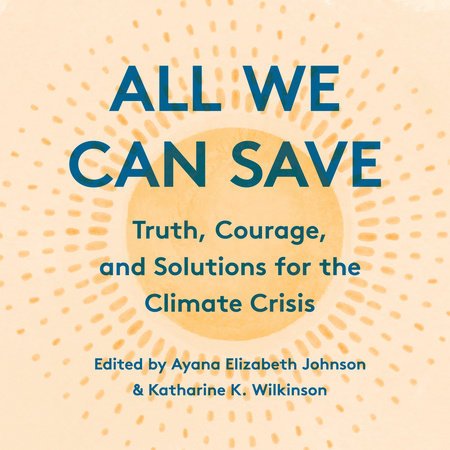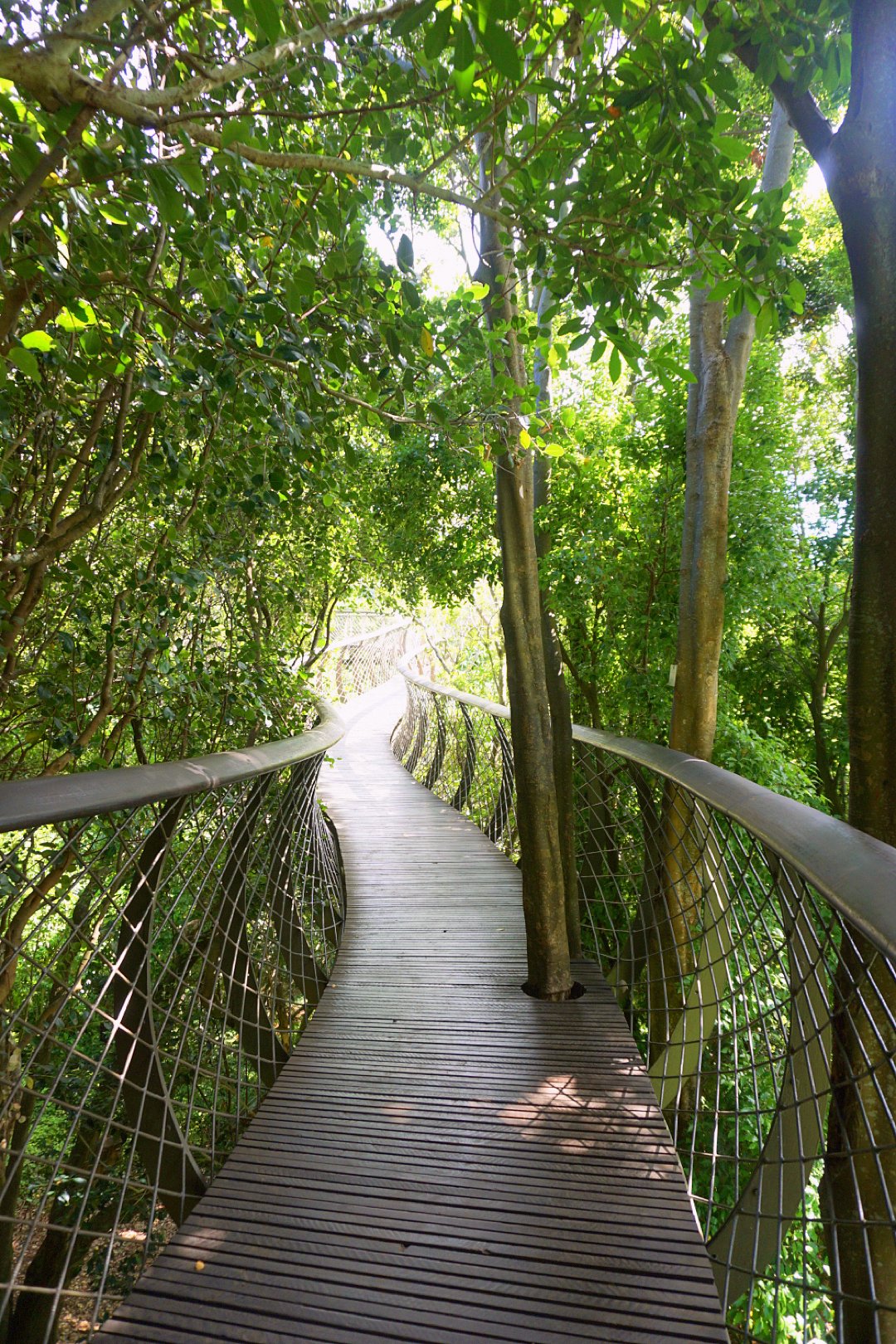A Collective Effort of Tiny Niches
In her 2001 book Life Abundant, Christian theologian and teacher, Sallie McFague notes that she discovered her vocational calling midcareer after an introduction to and then decades of scholarship with “cosmology, evolutionary biology, and ecological science.” The web she discovered between theology, ecological destruction, and human injustice reshaped both her professional and spiritual life. She writes that in entering that web she was shown “the tiny niche that my work can fill for the planetary agenda.”
All We Can Save: Truth, Courage, and Solutions for the Climate Crisis. Edited by Ayana Elizabeth Johnson and Katherine K. Wilkinson. One World (July 20, 2021). Paperback 448 pages. $18.00
In a collection of essays, poetry, and art from more than 50 women with an expansive range of expertise, passions, and wisdom, the 2020 All We Can Save: Truth, Courage, and Solutions for the Climate Crisis is a clarion call to climate action, resilience, adaptation, advocacy, education, justice, activism, and citizenship in the climate movement. With its paperback release in the summer of 2021, the books engages even wider audiences in asking, Have you found your niche?
Editors Ayana Elizabeth Johnson and Katherine K. Wilkinson make plain their pedagogical intentions for the book. Their introductory essay frames both the problem of the climate emergency - that “we must rapidly, radically reshape society,” and their approach - that “we need every solution and every solver.” Each essay includes marks in the margins and underlining to emphasize key details, names, and statistics. The ancillary materials at the back are a trove of resources that elaborate on the expansive vocabulary of climate solutions the essayists build in the intervening pages. Yet for all it achieves in adding to our body of knowledge about what is happening to our planet, its ecosystems, wildlife, and peoples, All We Can Save is no textbook. Rather it is what folks in my part of the world might call a Come-to-Jesus Moment. One interlaced with a fair bit of incisive accusations about failed responsibilities and missed obligations, but one also steeped in what anyone who knows much about conversion will affirm is necessary for real change and what Johnson and Wilkinson identify as their intended theme: “ferocious love—for one another, for Earth, for all beings, for justice, for a life-giving future.”
Though the climate emergency is the hinge on which the book swings, the essays illuminate how many doors of overlapping crises hang alongside or because of it. As Colette Pichon Battle notes, “climate change is the most horrible symptom of an economic system that has been built for a few to extract every precious ounce of value out of this planet and its people, from our natural resources to the fruits of our human labor.” Individual choices to live more gently on the earth, while lauded, are not the essayists’ primary aim. The true levers of transformation will be both collective action to hold accountable exploitative systems, corporations, and industries, as well as coordination to reshape how we farm, build, plan cities, clothe ourselves, and protect the earth. Leah Cardamore Stokes writes, “the goal is not self-purification but structural change.”
The prognosis isn’t good. Echoing a theme across essays, Sarah Miller writes, “We are only buying time. Even so, it’s time we desperately need.” Emily Johnston asks the devastating questions, “What does it mean to love this place? What does it mean to love anything in a world whose vanishing is accelerating, perhaps beyond our capacity to save the things we love most?” Hope alone won’t be enough. Denial and despair are rejected as responses afforded only to those privileged enough to avoid climate change’s most disastrous effects. In the book’s sixth section, “Feel”, the contributors name the immense psychological and emotional costs of living through climate breakdown and of participating in the attempts to avert it. At that point in my reading, I needed the invitation to express anger, feel grief and consider the recommendations for what to do next. Mary Annaïse Heglar argues for “messy, imperfect, contradictory, broken” action. She asks, “What if hope isn’t what leads to actions? What if courage leads to action and hope is what comes next?”
Courageous and imaginative female leadership that centers the dignity and needs of vulnerable populations and ecosystems is abundant in these pages. What Johnson and Wilkinson call the “gnarliest problem humanity has faced” is being addressed by communities of brilliant and creative women. Mary Anne Hitt is working with others to retire coal plants around the US. Black farmers, many of them women, are stewarding soil, their piece of the climate puzzle, through heritage farming practices, as Leah Penniman reports in her essay, “Black Gold.”
You will not find yourself in every essay. I did not, and yet to say that is to speak to the book’s strengths. Many of my notes in the margins identify who in my life will soon be a beneficiary of what I have learned: my husband, the political scientist, Kate Knuth’s vision for climate citizenship; my father, the landscaper, Kate Orff’s descriptions of protective ecosystems; my mother, who is about to retire and is revisioning how she’ll use her energy and time, a suggestion from Alexandria Villaseñor, “Can you imagine how beautiful a movement led by children and grandparents would be?” I read that essay with my children’s squeals of delight at some brew they had concocted from the dirt and detritus of our yard echoing in my memory, and I could imagine it. Come an upcoming dinner, my mother will be invited to as well. As its editors note, “given this book’s breadth and depth and choral nature” the collection offers many entry points (e.g. finance, education, food, farming, fashion, law, journalism, policy, politics, and more) into the central consensus that there is something each of us can and should do, beginning now, in response to the climate emergency we all face.
The title All We Can Save was, as noted by the editors, inspired by the first line of Adrienne Rich’s poem “Natural Resources.” Johnson and Wilkinson use their concluding chapter to illuminate how those four words weave a melody through the arresting swell of their contributors’ works, these writers, poets, and artists with whom they have “cast their lot.” They have collected those who will “reconstitute the world.” All We Can Save is an open call from women who know their tiny niches, who are clear-eyed about their vocations at this time in human history. Rhiana Gunn-Wright exhorts in her essay, “We move together, or we risk not moving at all.”
Will you be called? Who will you bring with you?



